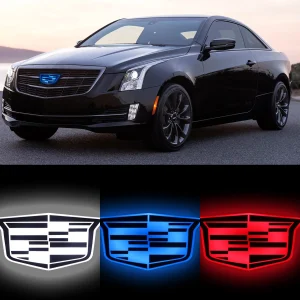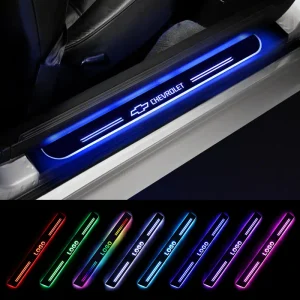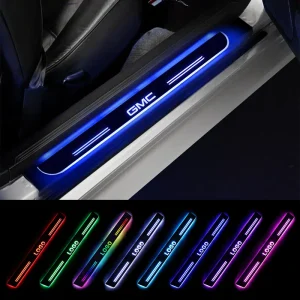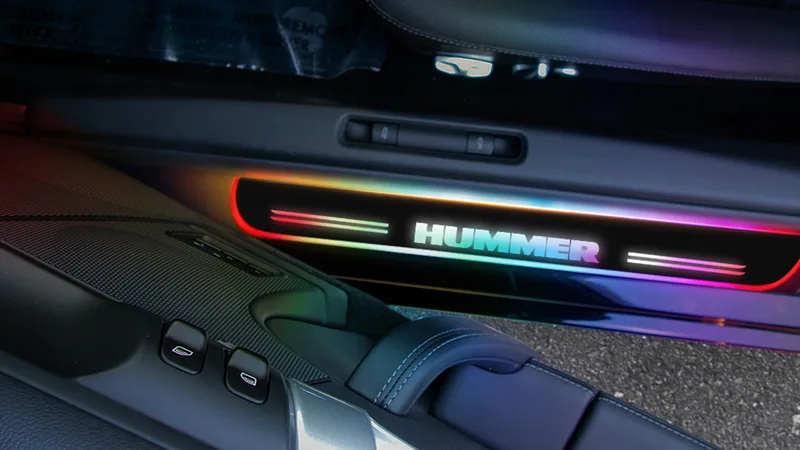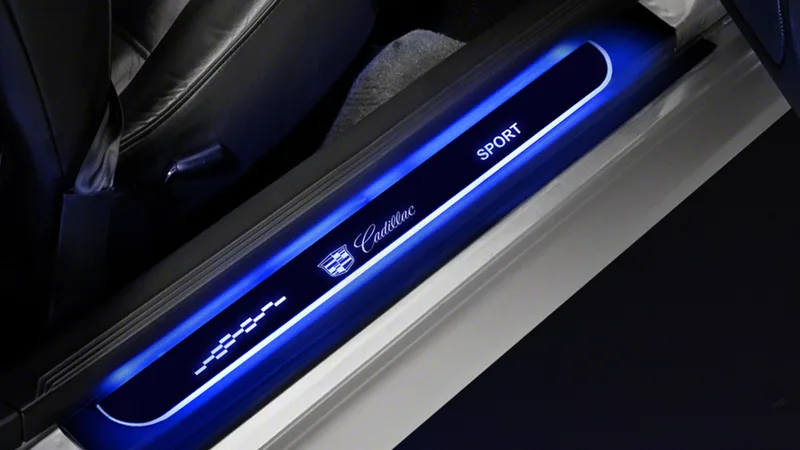Your car’s thresholds are more than just steps—they’re the first contact points that set the tone for your driving experience. LED illuminated thresholds add a touch of luxury, enhance night-time safety, and make every entry feel like a red carpet moment. However, when choosing between hardwired LED door sills and battery-powered LED door sills, the decision isn’t just about style—it’s about practicality, installation effort, and long-term value. Let’s break down the main differences to help you choose the perfect upgrade.
Power and Installation
Hardwired LED Thresholds
Direct Connection: Hardwired into your car’s electrical system (e.g., dome light circuit or ignition).
Basic Wiring Skills Required: Involves tapping into existing circuits, routing wires through the door panels, and securing connections. This may take 20-60 minutes to remove interior panels.
Automatically Illuminates when Door is Open: Syncs with your car’s existing lighting system.
Battery-Powered LED Thresholds
Wireless Design: Powered by replaceable button batteries.
Simple Installation: Peel-and-stick adhesive installation, requiring no tools or wiring; installs in about 5 minutes per door, making it ideal for rental cars or non-permanent modifications. Battery-powered thresholds are triggered by motion sensors to turn the lights on and off.
Brightness and Performance
The battery version of LED scuff plates has moderate brightness due to battery capacity limitations. In contrast, hardwired versions draw power directly from the car battery, providing stable, high-intensity illumination.
The lighting effect of LED thresholds can create a comfortable atmosphere inside the car, especially during long journeys, as the soft glow helps people feel more relaxed. Combining LED lights with other interior lighting systems can create a more attractive visual effect, making each ride more enjoyable.
Whether you’re a DIY enthusiast or a busy driver seeking instant appeal, LED thresholds can make every entrance a statement.

